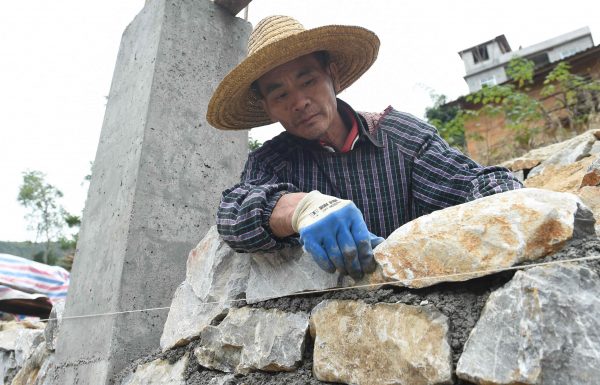

Follow us on:  
|


According to a 2015 census, there are about 55 million Chinese living in poverty. The current Five-Year plan looks to alleviate
A number of Chinese provinces have highlighted poverty alleviation as central to the agenda of the plenary meetings of provincial lawmakers and political advisors.
According to official figures, there are 55 million people currently living in poverty.
Hunan province, for example, says it will repeat its fund allocation from 2016, which helped lift more than a million people out of poverty.
Officials in Hunan, which is located in central China, say they want to eradicate poverty completely by 2019, bringing a total of five million out of poverty since 2014.
The Hunan provincial initiative, mimicked in other provinces such as east China’s Shandong and the southwest’s Sichuan, falls in tandem with the strategies of the National People’s Congress 13th five-year plan.
The plan is effectively a road map of economic and social development to 2021 which focuses on implementing an economic strategy that it says is based on balanced, inclusive and sustainable economic development.
One of the cornerstones of the current Five-Year plan is that it aims to significantly reduce poverty by 2020.
But some provinces are more ambitious. Sichuan province wants to lift more than a million people out of poverty this year, while Shandong province wants to eradicate poverty for some 2.42 million people by next year.
The Chinese news agency Xinhua says that the provinces have implemented several strategies to alleviate poverty in different sectors, notably “e-commerce, financing, industry, relocation” and infrastructure improvement.
On Saturday, Chinese Vice Premier Wang Yang said that teams of experts should be dispatched to the provinces to ensure that officials were on track to implement the national and provincial goals of poverty alleviation.
The BRICS Post with inputs from Agencies